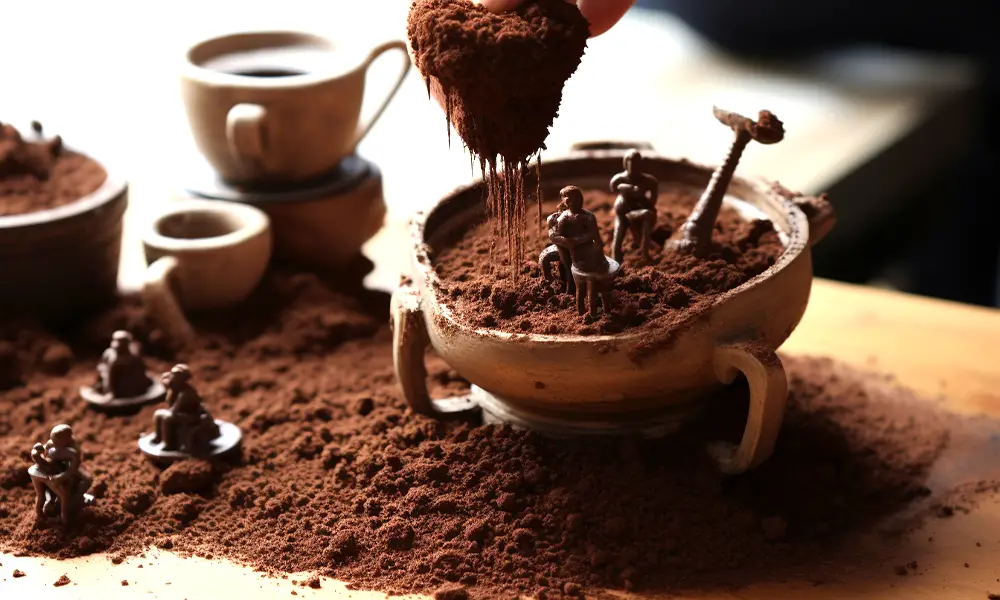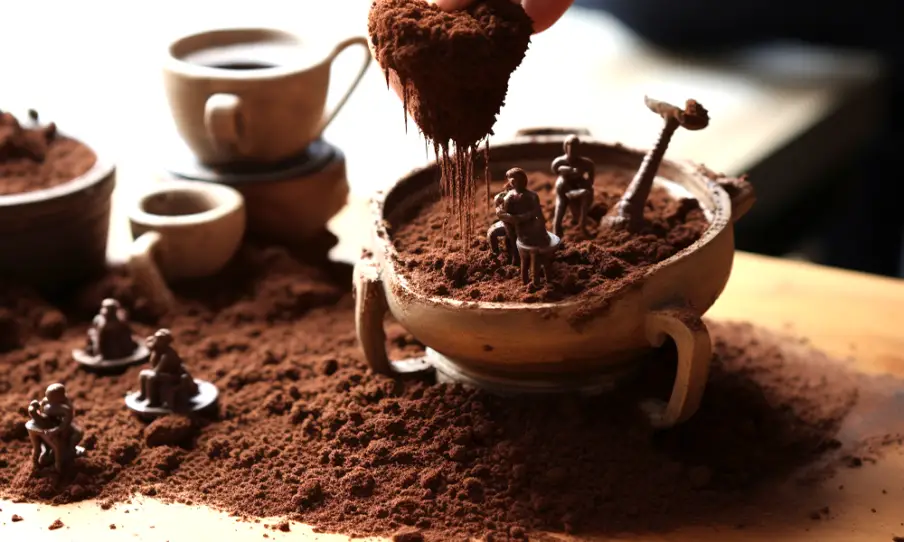
The world of 3D printing continues to push the boundaries of innovation, enabling the creation of complex objects with remarkable precision. Coffee grounds, on the other hand, are a byproduct of our daily caffeine indulgence that often ends up in the trash.
However, what if these seemingly unrelated entities could converge? This article explores the exciting intersection of coffee grounds and 3D printing, unveiling the potential applications, sustainability aspects, and ongoing research in this fascinating field.
Coffee Grounds as a Sustainable Material
Coffee is one of the most widely consumed beverages globally, leading to immense quantities of coffee grounds being discarded as waste.
However, researchers and innovators have recognized the untapped potential of coffee grounds as a sustainable material for 3D printing. Coffee grounds possess several desirable properties that make them attractive for this application.
Firstly, they are abundant and readily available, making them a cost-effective alternative to traditional 3D printing materials.
Additionally, coffee grounds are organic and biodegradable, aligning with the growing demand for eco-friendly manufacturing processes. By repurposing coffee grounds, we can reduce waste and promote a circular economy.
Coffee Grounds-Based Filaments
One of the primary challenges in utilizing coffee grounds for 3D printing is transforming them into printable filaments. Filaments are the raw materials used in 3D printing, typically composed of thermoplastics.
To address this, researchers have developed methods to combine coffee grounds with thermoplastic polymers, such as PLA (polylactic acid), ABS (acrylonitrile butadiene styrene), or PET (polyethylene terephthalate).
These coffee-infused filaments can then be fed into 3D printers, enabling the creation of objects with a distinct coffee aroma and appearance.
Applications of Coffee Grounds in 3D Printing
The integration of coffee grounds into 3D printing opens up a wide range of potential applications. Here are a few notable examples:
Sustainable Prototyping:
Coffee grounds-based filaments provide a sustainable alternative for rapid prototyping, allowing designers and engineers to create functional prototypes while reducing environmental impact.
Art and Design:
Artists and designers can utilize coffee-infused filaments to produce unique sculptures, jewelry, and home decor items. The natural color variations and texture of coffee grounds add an intriguing aesthetic appeal to these creations.
Biomedical Applications:
Recent studies have explored the use of coffee grounds-based filaments in the field of bioprinting. By combining coffee grounds with biocompatible materials, researchers aim to create scaffolds for tissue engineering, opening new possibilities in regenerative medicine.
Packaging Solutions:
Coffee grounds’ biodegradable nature makes them suitable for sustainable packaging applications. By 3D printing coffee grounds-based materials, it is possible to develop eco-friendly packaging solutions that reduce reliance on non-biodegradable plastics.
Ongoing Research and Future Prospects
The exploration of coffee grounds in 3D printing is still in its early stages, and ongoing research aims to maximize the potential of this unique material.
Researchers are investigating methods to enhance the mechanical properties of coffee grounds-based filaments, such as improving their strength, flexibility, and heat resistance. Furthermore, efforts are being made to optimize the printing process itself, ensuring consistent quality and performance.
Looking ahead, the integration of coffee grounds with other sustainable materials, such as recycled plastics or biopolymers, holds promise for the development of novel composite filaments. These advancements could expand the range of applications and enhance the overall sustainability of 3D printing.
Final Thoughts
Coffee grounds and 3D printing form an unlikely but exciting alliance, offering innovative solutions that bridge the gap between sustainability and manufacturing.
By repurposing coffee grounds, we can transform waste into valuable resources, reducing environmental impact and promoting a circular economy.
The potential applications of coffee grounds-based filaments in various fields, from art and design to biomedical engineering, highlight the versatility of this sustainable material.
As research in this field progresses, I anticipate further advancements that will enable us to unlock the full potential of coffee grounds in 3D printing, fostering a more sustainable and creative future.

